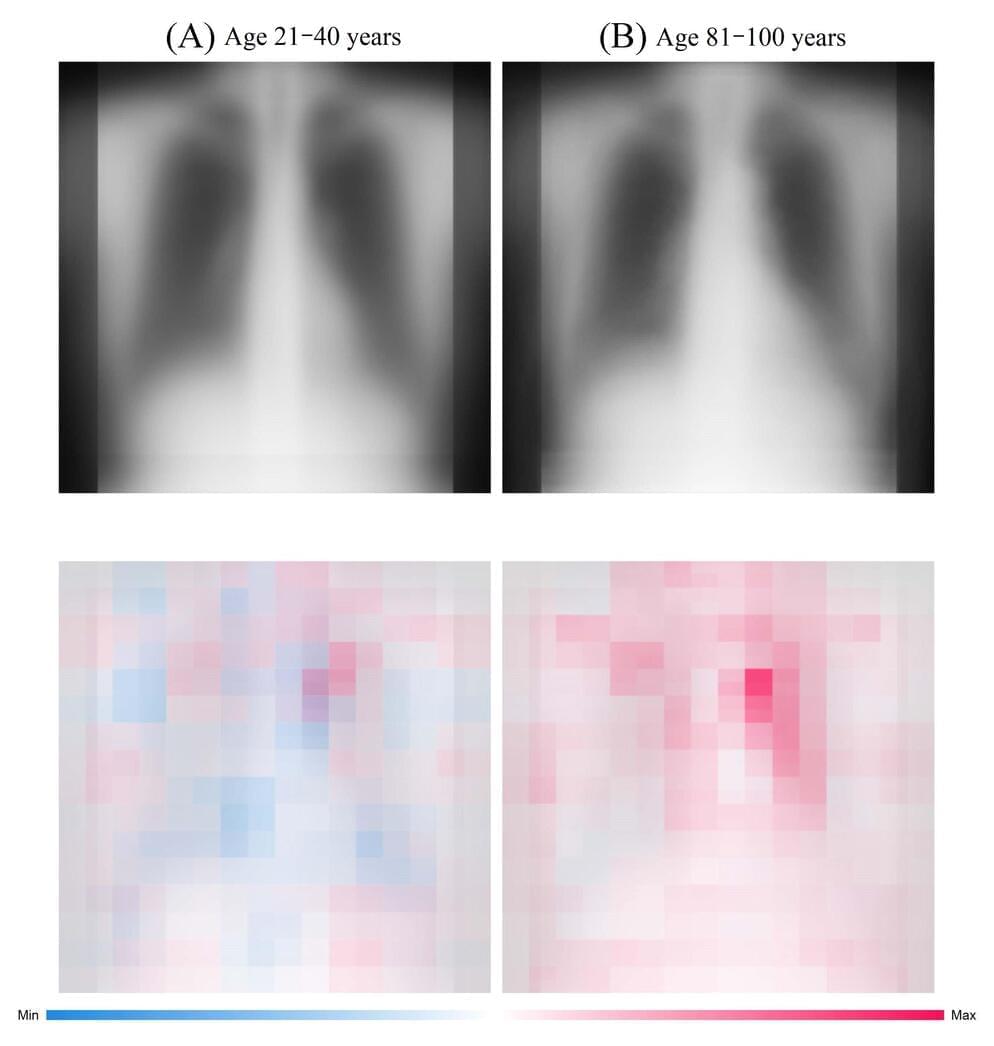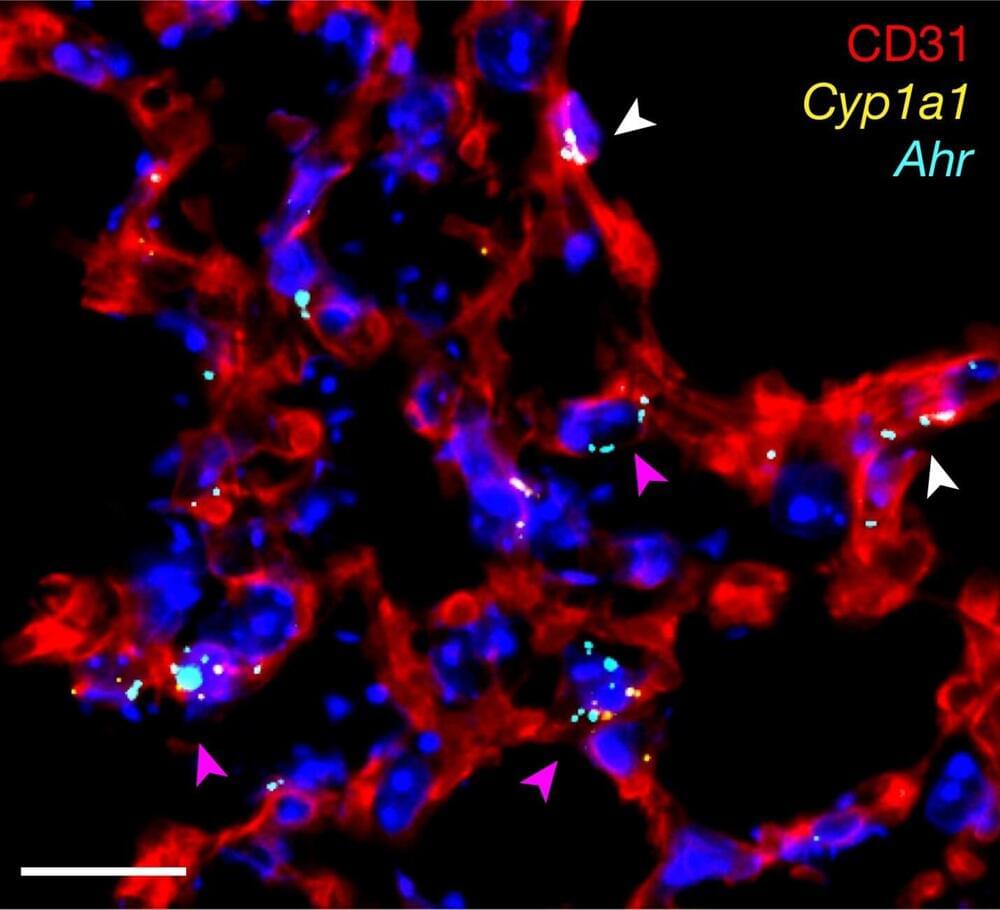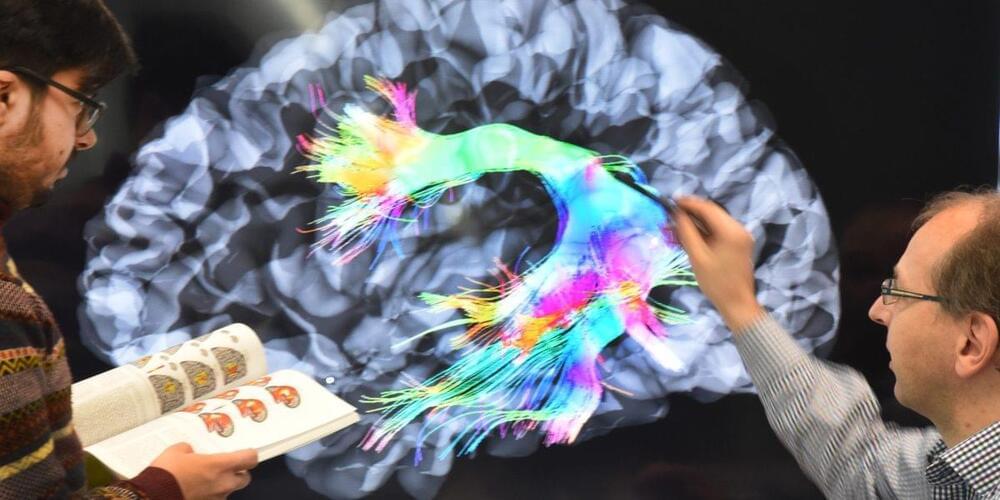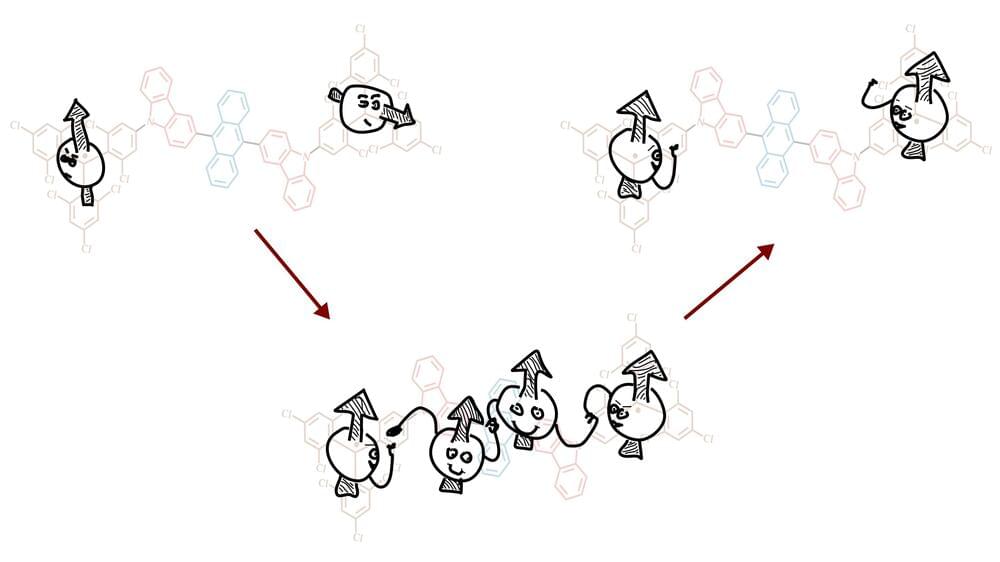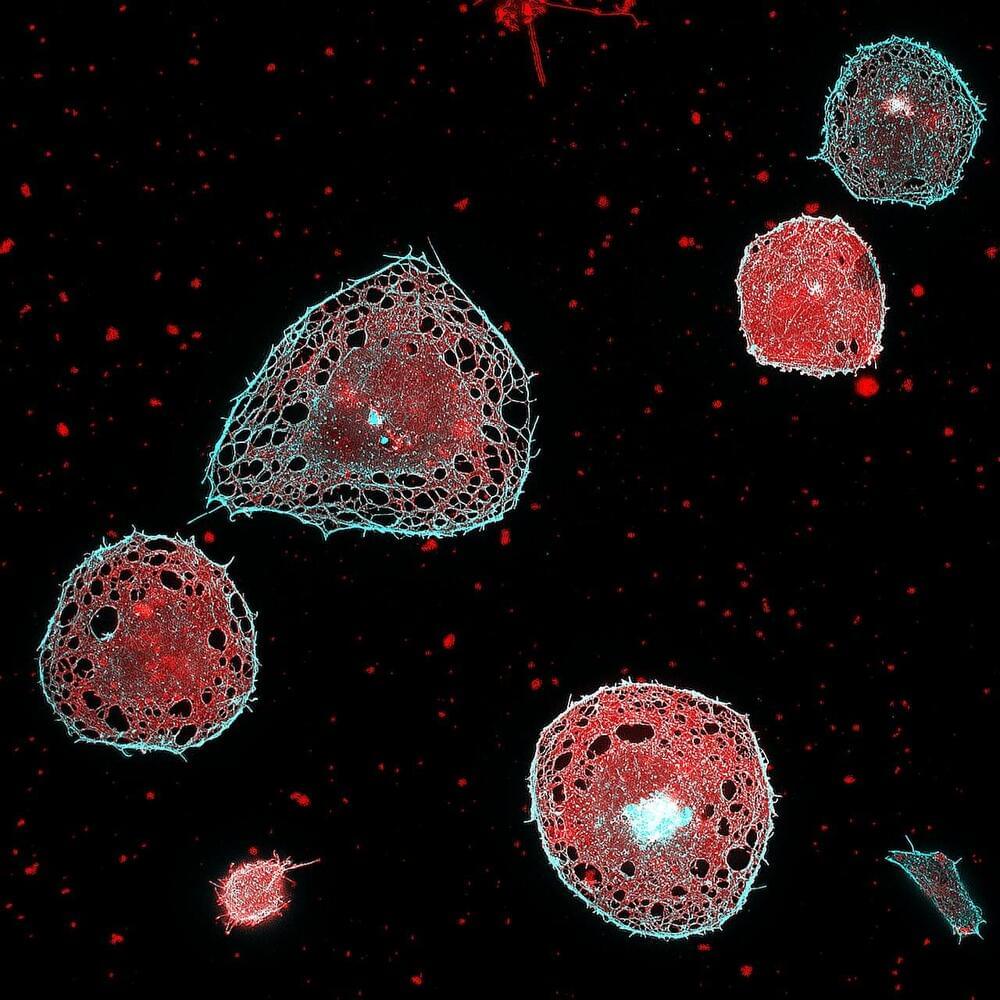Published: August 8, 2023 8.29am EDT
Alexis souchet, university of southern california.
The big idea.
Some employers are excited about swapping out computer monitors for virtual reality headsets, but the side effects of using VR are not completely understood. In a recent study, my colleagues and I propose 90 factors that could influence VR side effects in the workplace. In another study, we suggest guidelines to reduce these negative symptoms.
-In defense everything has negative syptoms. Nothing is perfect, and everything has negative things in it. If things were perfect we would be living in a much better world. Take religion for example, and they pay no tax.
Trading in PC monitors for VR headsets can cause workers to experience dizziness, headaches and nausea. Researchers are beginning to understand why and what can be done to minimize the effects.
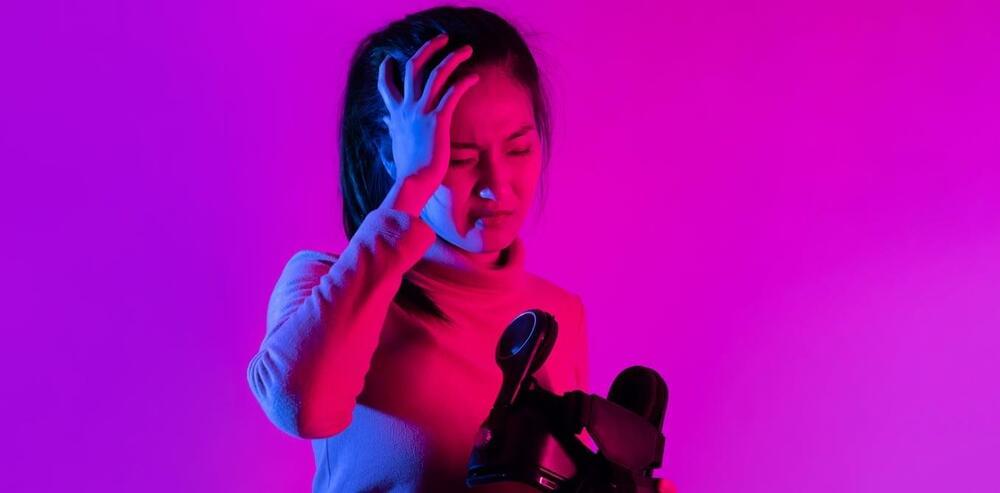

 עברית (Hebrew)
עברית (Hebrew)